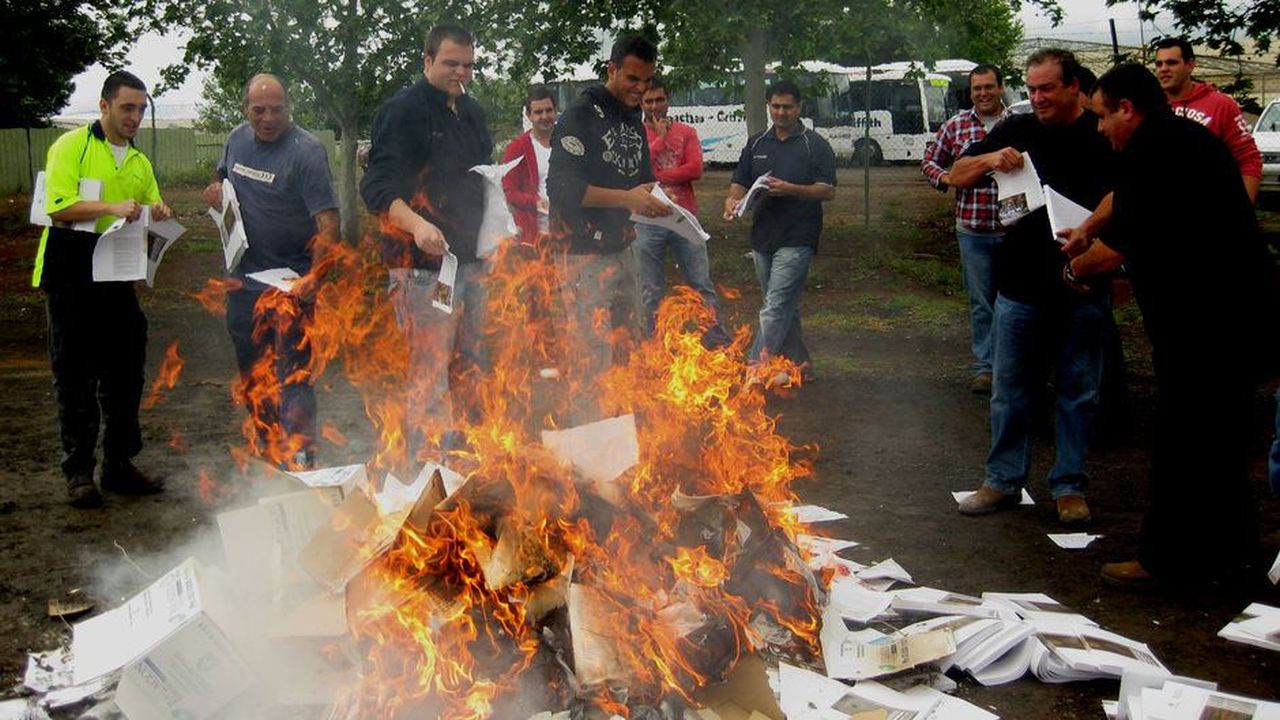
Exploring the science of complexity series (part 4): Introduction
This article is part 4 of a series of articles featuring the ODI Working Paper Exploring the science of complexity: Ideas and implications for development and humanitarian efforts.
‘Complexity science’ is a term used to describe a set of concepts, principles, propositions and ideas that have emerged and clustered together over the course of the 20th century. As [Wikipedia] … has it1:
‘Complexity science is not a single theory – it encompasses more than one theoretical framework and is highly interdisciplinary, seeking the answers to some fundamental questions about living, adaptable, changeable systems’.
The concepts of complexity science have presented a way of better describing and understanding dynamics and processes of change found in a range of physical and biological phenomena. As a result, complexity science has been described as being ‘at the forefront of science and mathematics’ 2, and is the focus of an ‘impressive literature’ and an increasingly ‘specialised vocabulary’ 3. The champions of complexity science have identified underlying parallels in phenomena as diverse as the rise and fall of civilisations, the human immune system, the origins of life, the evolution of species, the workings of the human brain, the onset of psychiatric illnesses, ecological systems, genetic selection, flocking birds, the stock market and the world economy4. This breadth of coverage means that few fields of scientific endeavour have not been examined, in one way or another, by use of the concepts of complexity science. There are even dedicated research institutes, such as Santa Fe in the US, set up in 1984, where scientists from a range of disciplines collaborate with computing experts to conduct interdisciplinary work on the application of complexity science to new fields and questions5.
Increasing attention is being paid to how the key ideas and concepts of complexity science can help researchers and practitioners understand and influence social, economic and political phenomena. Much of the effort focuses on policy and practice within Western developed countries – for example, education policy in the US6, global energy policy, government policy implementation in the UK7, community development in the UK8 and international relations9 10 11. Alongside this increasing interest, energetic debate is occurring around the relevance and applicability of this cluster of concepts for social, economic and political life.
In the international development and humanitarian spheres (in which the Overseas Development Institute – ODI – specialises), the volume of work in this area has grown relatively slowly, although it is now increasing. A handful of studies highlight the potential and implications of complexity sciences for understanding and operating in the aid system12 13 14 15 16 17 18. Of these previous studies, two are ODI working papers19 20. There are studies that focus on related and overlapping fields of endeavour, such as peace operations21 and, increasingly, on military and security agendas. Tools and methods have been inspired and influenced by complexity science, including IDRC’s outcome mapping22 and social network analysis23. Some thinkers see complexity approaches as fundamental to the reorientation needed to improve the effectiveness and legitimacy of aid24. Others argue that an understanding of complexity should shape the dominant trends of thinking in development over the next decade25.
Next part (part 5): Aims and overview of the series.
Article source: Ramalingam, B., Jones, H., Reba, T., & Young, J. (2008). Exploring the science of complexity: Ideas and implications for development and humanitarian efforts (Vol. 285). London: ODI. (https://www.odi.org/publications/583-exploring-science-complexity-ideas-and-implications-development-and-humanitarian-efforts). Republished under CC BY-NC-ND 4.0 in accordance with the Terms and conditions of the ODI website.
Header image source: qimono on Pixabay, Public Domain.
References:
- Wikipedia (2018). Complex adaptive system. https://en.wikipedia.org/wiki/Complex_adaptive_system ↩
- Berreby, D. (1998) ‘Complexity Theory: Fact Free Science or Business Tool’, Strategy & Business, 10: 40–50. ↩
- Rosenhead, J. (2001) Complexity Theory and Management Practice, Working Paper Series, LSEOR 98.25, London: LSE. ↩
- Breslin, P. (2004) ‘Thinking Outside Newton’s Box: Metaphors for Grassroots Development’, Grassroots Development 25(1): 1–9. (among others). ↩
- Rosenhead, J. (2001) Complexity Theory and Management Practice, Working Paper Series, LSEOR 98.25, London: LSE. ↩
- Sanders, I. and McCabe, J.A. (2003) The Use of Complexity Science: A Survey of Federal Departments and Agencies, Private Foundations, Universities and Independent Education and Research Centres, Washington, DC: Washington Centre for Complexity and Public Policy. ↩
- Chapman, J. (2004) System Failure: Why Governments Must Learn to Think Differently, London: Demos. ↩
- Gilchrist, A (2000) ‘The well-connected community: networking to the edge of chaos,’ Community Development Journal 35:264–275. ↩
- Jervis, R. (1997) System Effects: Complexity in Political and Social Life, Princeton, NJ: Princeton University Press. ↩
- Urry, J. (2003) Global Complexity, Cambridge: Blackwell Publishing Ltd. ↩
- Cutler, R.M. (2002) ‘Complexity Science and Knowledge-Creation in International Relations Theory’ in Encyclopaedia of Institutional and Infrastructural Resources in Encyclopaedia of Life Support Systems, Oxford: Eolss Publishers for UNESCO. ↩
- Chambers, R. (1997) Whose Reality Counts: Putting the First Last, London: Intermediate Technology Publications. ↩
- Eyben, R. (ed.) (2006) Relationships for Aid, London: Earthscan. ↩
- Rihani, S. (2002) Complex Systems Theory and Development Practice: Understanding Non-linear Realities, London: Zed Books. ↩
- Warner, M. (2001) Complex Problems … Negotiated Solutions: The Practical Applications of Chaos and Complexity Theory to Community-based Natural Resource Management, London: ODI. ↩
- Groves, L.C. and Hinton R.B. (2004) Inclusive Aid: Changing Power and Relationships in International Development, London: Earthscan. ↩
- Lansing, J.S. and Miller, J.H. (2003) Cooperation in Balinese Rice Farming, Working Paper, Santa Fe, NM: Santa Fe Institute. ↩
- Sellamna, N. (1999) Relativism in Agricultural Research and Development: Is Participation a Postmodern Concept? Working Paper 119, London: ODI. ↩
- Warner, M. (2001) Complex Problems … Negotiated Solutions: The Practical Applications of Chaos and Complexity Theory to Community-based Natural Resource Management, London: ODI. ↩
- Sellamna, N. (1999) Relativism in Agricultural Research and Development: Is Participation a Postmodern Concept? Working Paper 119, London: ODI. ↩
- Aoi, C., de Coning, C. and Thakur, R. (eds) (2007) Unintended Consequences of Peacekeeping Operations, Tokyo: UN University Press. ↩
- Earl, S., Carden, F. and Smutylo, T. (2001) Outcome Mapping: Building Learning and Reflection into Development Programs, Ottawa: IDRC. ↩
- Davies, R. (2003) Network Perspectives on the Evaluation of Development Interventions. Paper for the EDAIS Conference November 24–25, New Directions in Impact Assessment for Development: Methods and Practice. ↩
- Groves, L.C. and Hinton R.B. (2004) Inclusive Aid: Changing Power and Relationships in International Development, London: Earthscan. ↩
- Rihani, S. (2002) Complex Systems Theory and Development Practice: Understanding Non-linear Realities, London: Zed Books. ↩






